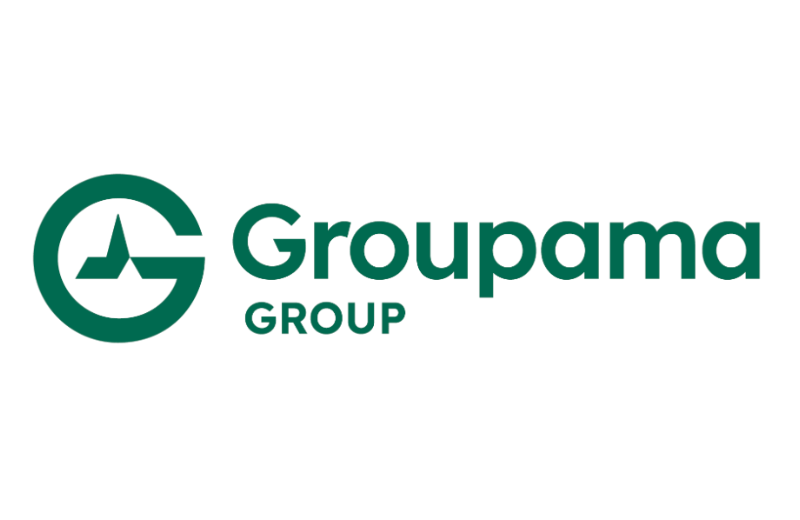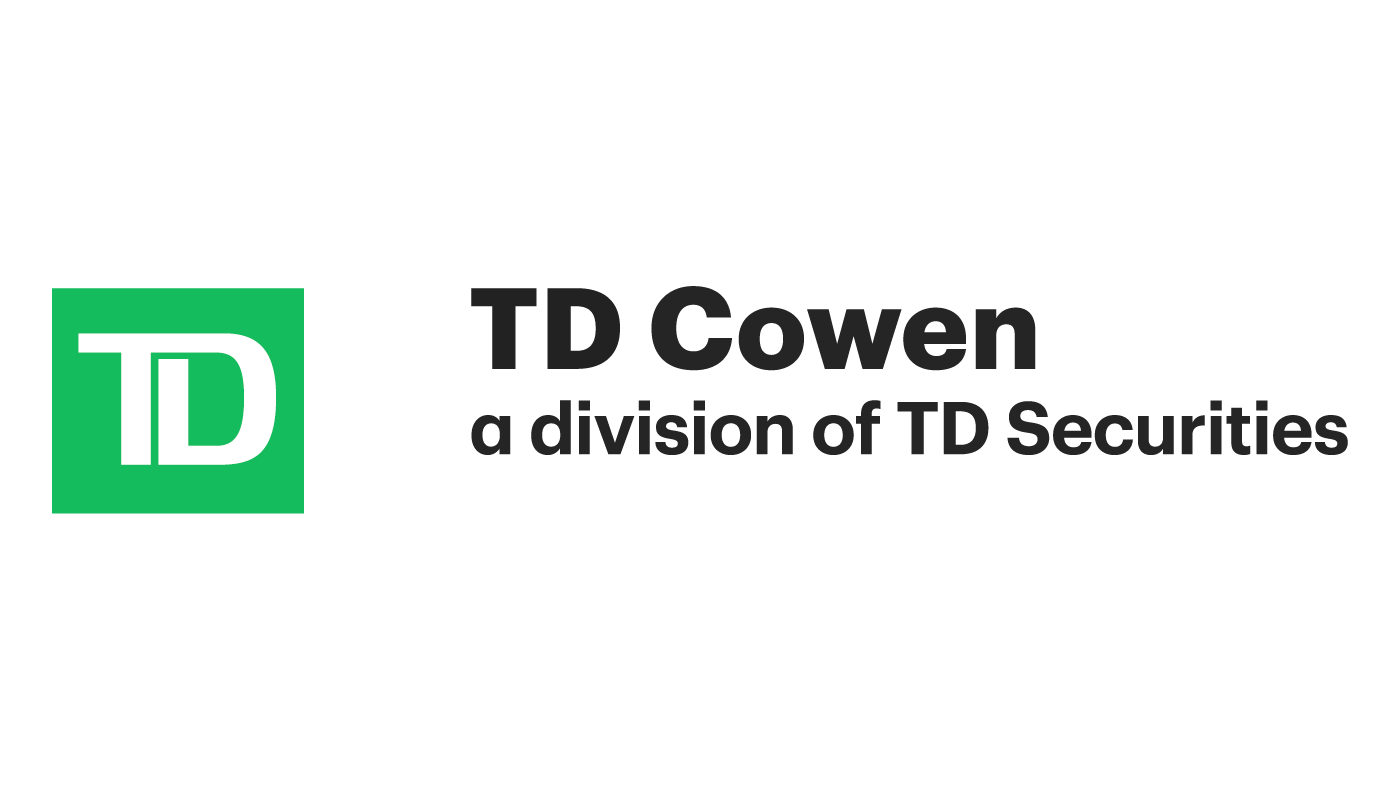
Parametric natural catastrophe and weather risk transfer rates are forecast to be flat to -5% down, with capacity levels continuing to increase but so too are opportunities, as the focus continues to move beyond peak perils, according to WTW, the parent of insurance and reinsurance broking group Willis.Within the alternative risk transfer (ART) segment, the broking group sees parametric insurance and risk transfer as an area of growth, with applicability both to protection buyers and also captive owners.Parametric solutions, “Continue to be a valuable approach, complimenting property policies and adding vital protection for loss costs limited or excluded under a property policy,” WTW explains.In its latest spring update on the market in North America, the firm forecasts that rates for parametric nat cat protection are likely to be flat to -5% down over the coming quarter.
With insurance and reinsurance industry capital levels high and growing still there is no surprise rates-on-line for parametric solutions would face some pressure.As a result, WTW notes on the parametric market that, “Capacity continues to increase and while established for large and complex insureds, it’s now actively targeting middle-market and smaller insureds.” Adding that, “The middle-market segment is adopting creative strategies such as alternative program structures as well as parametric and captive solutions.” While parametric solutions have become established for peak catastrophe perils, such as hurricanes and earthquakes, WTW explains that adoption continues to expand for other risks.“Interest is growing for wildfires, tornadoes, hail and general weather (rain, temperature, snow) perils that can impact physical assets but also cause financial loss,” WTW said.
Also explaining that, “Parametric products continue to evolve, leveraging data sources and deploying multi-faceted indexes to ensure robust response during events.” One area of innovation is also in the design of parametric triggers, with WTW highlighting that previous events have driven more of a focus on making triggers increasingly robust.“Hurricanes Helene and Milton highlighted deficiencies in single-peril cat-in-a-circle programs due to size of storm systems and loss driven by surge or excess rainfall versus windspeeds,” the broking group highlights.In the captive space, WTW also noted that, “Interest in parametric solutions, especially concerning climate and environmental risks, remains strong, as clients seek capacity that may not be available in traditional insurance markets.” “Managing risks is no longer just about the traditional risk transfer solution.
It’s finding creative ways to structure programs, including alternative risk transfer solutions, captive solutions as well as parametric solutions for our clients and their industry partners,” WTW said.Finally, capital market led solutions are another area of expanding interest in the alternative risk transfer space WTW believes.Which is particularly relevant for parametric solutions, where insurance-linked securities (ILS) investors continue to show a strong appetite.
...All of our Artemis Live insurance-linked securities (ILS), catastrophe bonds and reinsurance can be accessed online.
Our can be subscribed to using the typical podcast services providers, including Apple, Google, Spotify and more.
Publisher: Artemis








